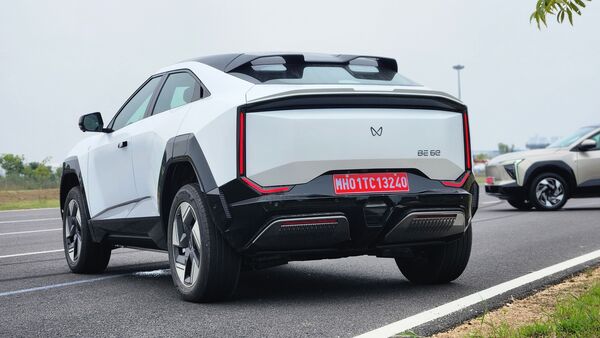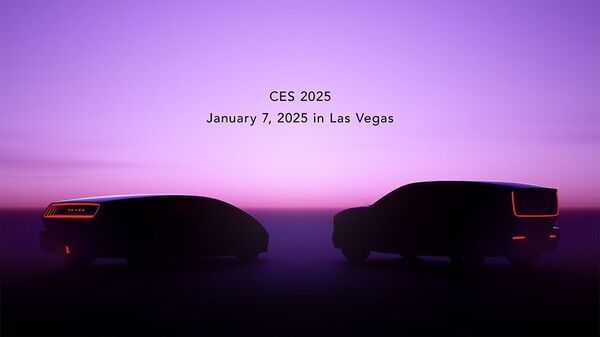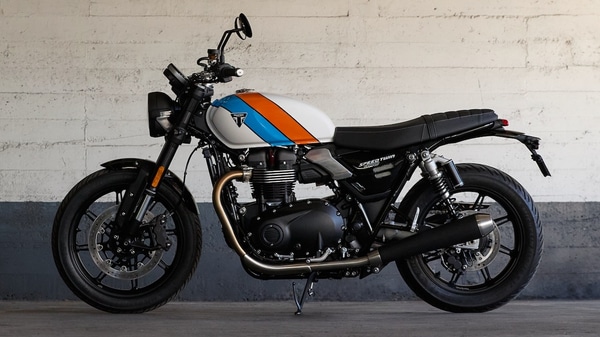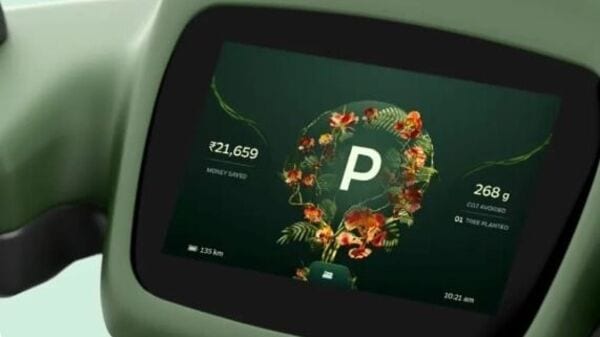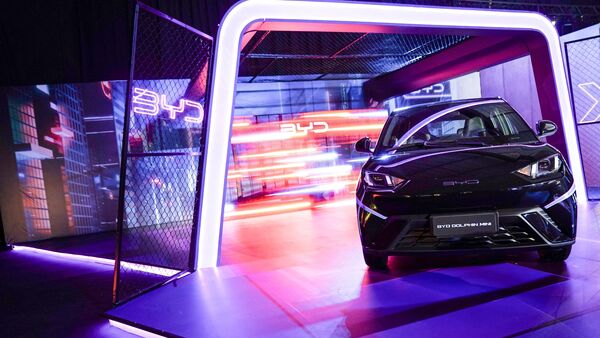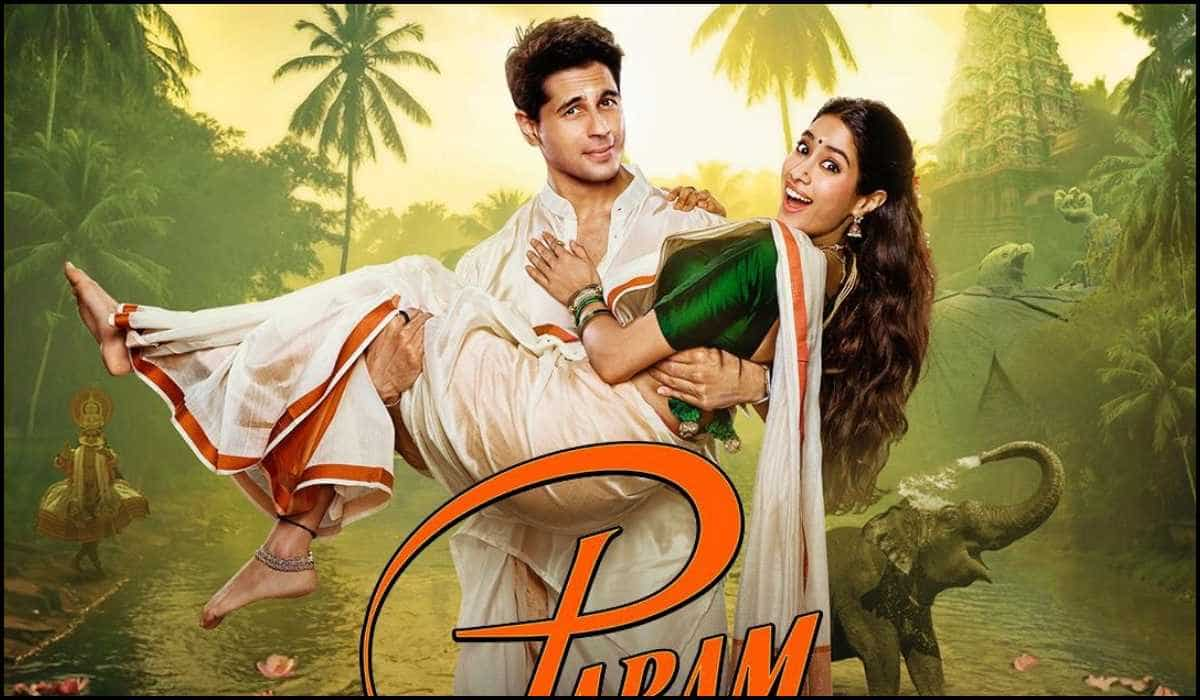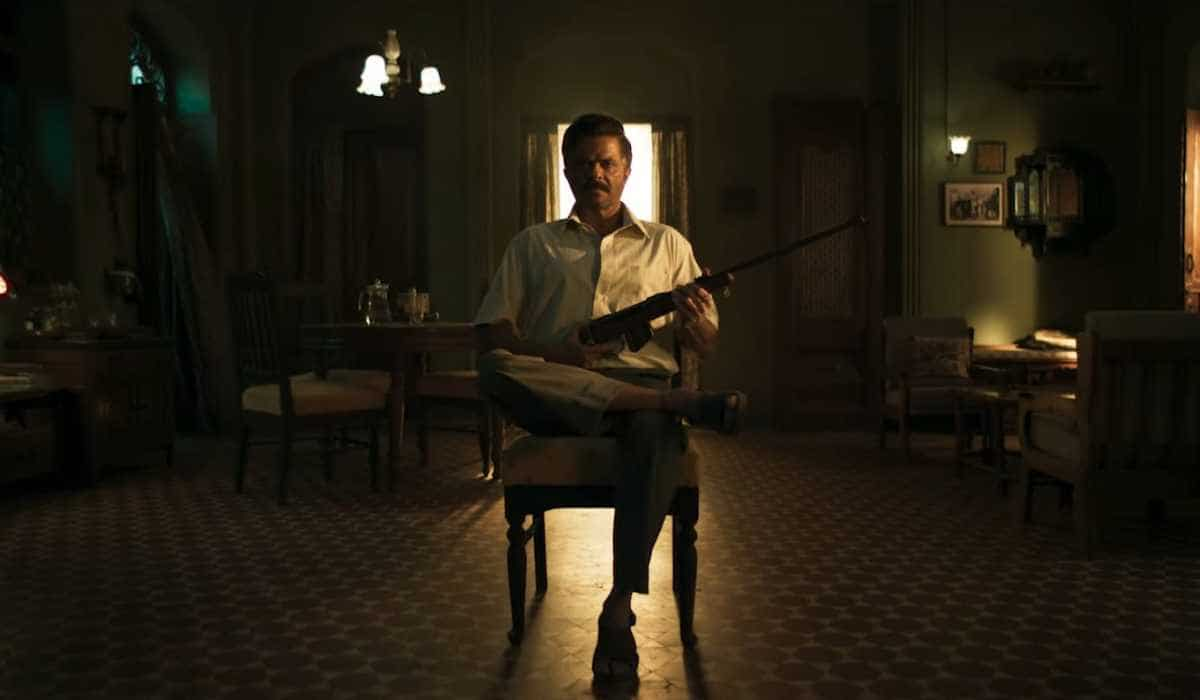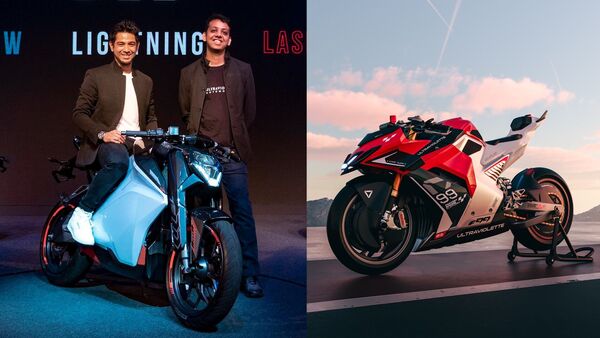
Ultraviolette will operate across four different motorcycle segments within two to three years: Ultraviolette CEO
2 months ago | 5 Views
Before Ultraviolette arrived on the scene, electric motorcycles in India, were at best, an afterthought. A tool shed project retrofitting electric powertrains onto ICE motorcycle chassis. However, with the launch of its latest offering, the F99, the Bengaluru-based start-up has offered a glimpse into how radically electric power allows you to reimagine the modern, mid-size performance motorcycle.
There are a few problems – the mid-size motorcycle segment is the fast growing one in India, witnessing fierce competition from both incumbents and new entrants in the ICE space. Consumers are spoilt for choice now that top-tier premium motorcycle brands like Triumph and Harley-Davidson are taking on long-time incumbents such as Royal Enfield. Even vintage brands like BSA, which have been dormant for decades have thrown their hat into the ring. What then does a motorcycle like the F77 and the F99 have that ICE motorcycles do not?
IP is the name of the game
A solution like electric mobility first needs a problem that needs solving. With electric four-wheelers, that problem pertains to rising fuel costs and overall running cost of ICE vehicles. With electric scooters, its much the same along with the added benefit that the electric powertrain makes for a much faster, smoother and spacious commuting device than an ICE scooter. With motorcycles, particularly in the mid-segment, things get complicated because of the inherent nuances of mid-size motorcycles which come in a variety of flavours, offering a variety of riding experiences based on engine configuration. To put it plainly, the existing breed of motorcyclists are well catered to with a variety of ADVs, scramblers, cruisers and naked street bikes to consider an electric bike whose sole party trick is quick acceleration and high torque figures. From the distilled to the frantic – the segment offers all. But Ultraviolette’s co-founder, CEO and Head of Design Narayan Subramaniam points at a promising future given how rapidly electric performance is developing.
“IP is the key" , says Subramaniam. “A lot of our IP is around battery technology, and the performance they’re able to out" he adds, stating that the current focus of the brand is to extract as much power and range from their motorcycles as possible. Subramaniam claims that the performance motorcycle is a sort of anvil to fine tune the electric powertrain on, as it needs to manage extreme temperatures, size, proportions, range and a whole host of aspects that no other form of EV has to, singularly deliver. “If you take an electric scooter that operates between three to seven kilowatts, our platform is operating from 30 to 100 kilowatts with the F99, so we’re talking about a ten-fold increase in power". “You find a lot of companies popping-up in India because it's easy to be an aggregator of a powertrain. But when you get into a motorcycle, you cannot do that because of the ergonomics, the performance, the handling is very critical.
If weight distribution and battery size are so crucial to a motorcycle’s performance why opt to make a sport bike? Especially when legacy players haven’t managed to crack the code. Why not start with a cruiser or luxury touring bike which has an inherently low centre of gravity, is heavy and can accommodate a much larger battery for greater range? Why not attempt an electrified Goldwing?
“I’ll give you the logic behind how we started. It’s not about us wanting to make the fastest or best motorcycle. We are building a brand for the long term. We are not a one product company. The intent is to build a long term product that can be taken to global markets." says Subramaniam. “Keeping that in mind, our first objective was to solve all the critical technological challenges and the sports bike segment presents all those challenges. You crack something in the sports motorcycle segment, you’ve covered all performance related issues from your powertrain perspective so it’s easier to scale-up from there" he says, adding “To get a country like India and other parts of the world excited, maybe we start with a form factor and segment that gets people excited."
It certainly is an exciting form, and while design is subjective, the F99 arguably sharper looking than anything in that price range. Subramaniam also clarifies that within the next two to three years, Ultraviolette will be operating across four different segments which will address touring and cruising-related motorcycling needs.
AI in motorcycling
With several brands using AI as a buzzword to drive shareholder value, Ultraviolette’s core priorities revolve around making sure that the battery tech and design of its motorcycles are sound. “I don’t think AI today is going to help design the best battery systems or the best safety systems, but it will help in terms of range prediction in various riding conditions. Maintenance and service is another aspect where we are seeing AI play a big role." says Subramaniam whose own “Violette AI" is currently being used to predict range more accurately.
Charging network and resale value
Despite offering a real-world range of roughly 280 km, range anxiety continues to be a bugbear for an electric motorcycle like the F77, as does residual value, which has deterred many from buying into electric mobility. Subramaniam claims that many of the brand’s riders have carried out routine journeys from Bengaluru to Calcutta, relying on public charging or often, a simple three-pin socket. “Our UV Supernova fast charging network is offering city-to-city connectivity and we’re aiming to have a charging station at an interval of 150 km" he claims. “As we scale-up we’ll be able to have a station at every 100km. I think Bengaluru-Mysore, Bengaluru-Chennai, or Bengaluru-Hyderabad are roads we have already covered, now we’re expanding towards Pune, Cochin. Some are independent UV stations, and others are in partnership with HPCL" says to Subramaniam. Each station will accommodate two motorcycles, providing a charge of 6 kW and 12 kW.
As for allaying concerns around depreciation, Subramaniam says. The warranty program culminated in us offering a warranty of up to 8 lakh kilometres. I’d say this is the highest warranty on any electric motorcycle. We’ve also offered our warranty to be transferable."
Also watch Ultraviolette F77 Mach 2 review
Subramaniam doesn’t expect any breakthroughs in battery range, globally, anytime soon. “Energy density is bound to go up but incrementally. I don’t think overnight we’re going to see a new chemistry that’s double the range of an existing battery. But for our part, we have already provided more range on our bike that an equivalent ICE motorcycle will provide on a full tank of petrol". However, he does claim that the brand has worked on expanding the life cycle of each battery through clever means. “For expanding the life cycle, the whole pack needs to heat and cool without a temperature delta between the inside and the outside cells."
As the brand ventures into European territory, Ultraviolette is once again banking on disruptive price and radical design to tackle international competition. But unlike some EV start-ups in the country, it has approached international markets after having worked out the kinks. It may not yet offer a dramatically superior riding experience, but as a first mover, Ultraviolette is the most promising electric motorcycle start-up in the country.
(Parth Charan is an independent automotive journalist and writer who has written on cars, motorcycles and the automotive industry for the past 12 years. He lives in Mumbai.)
Read Also: Petrol to electric: Tata Nexon is India's only SUV with widest powertrain range


